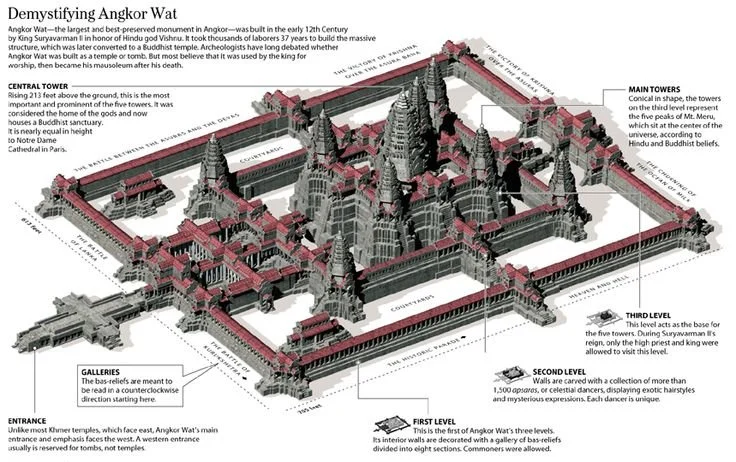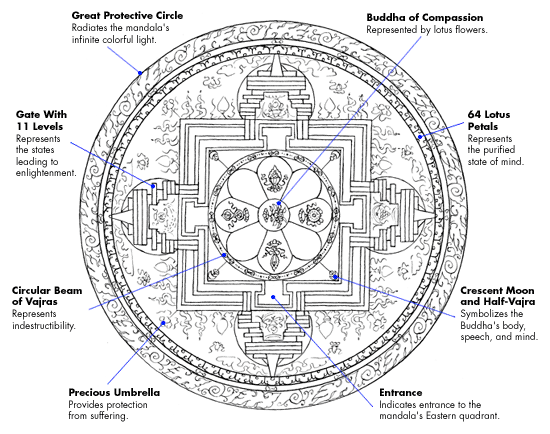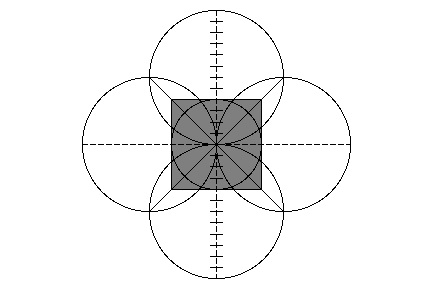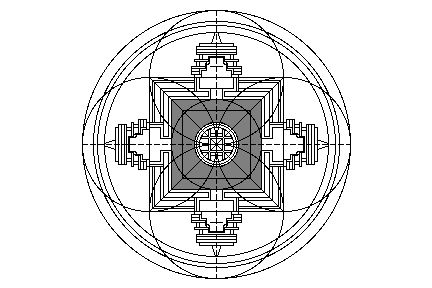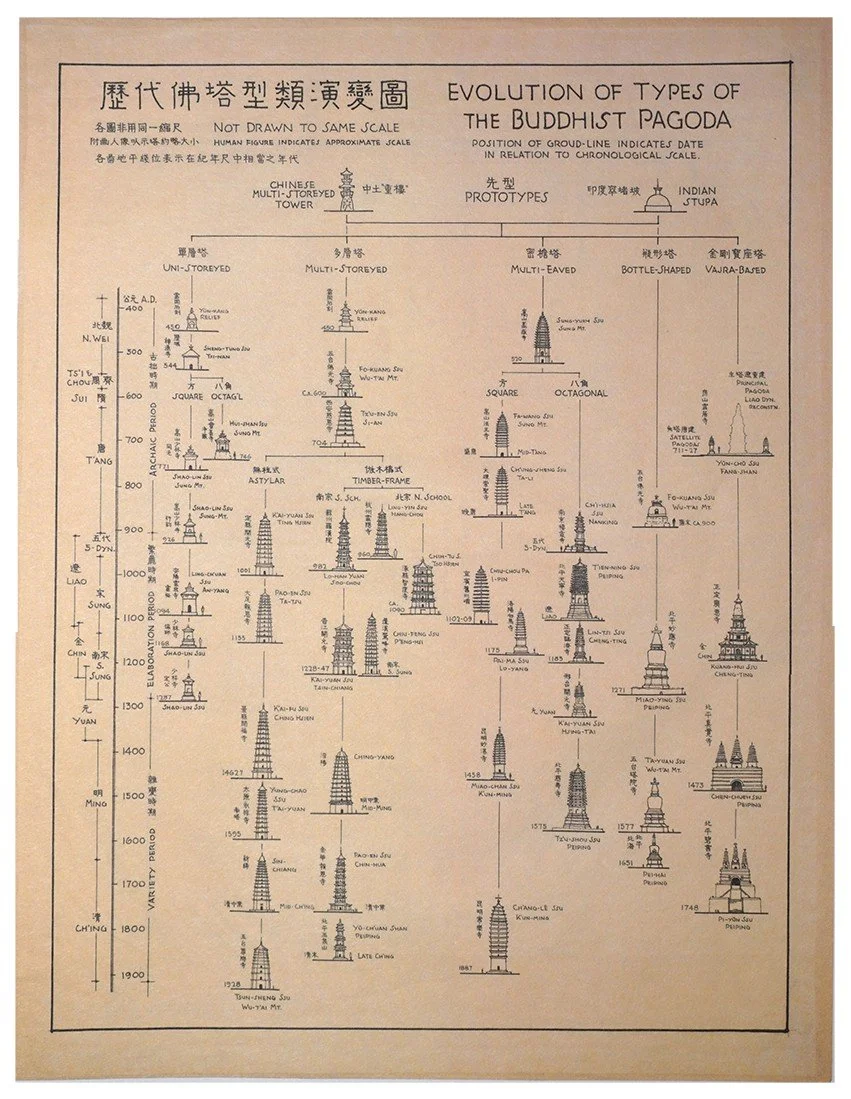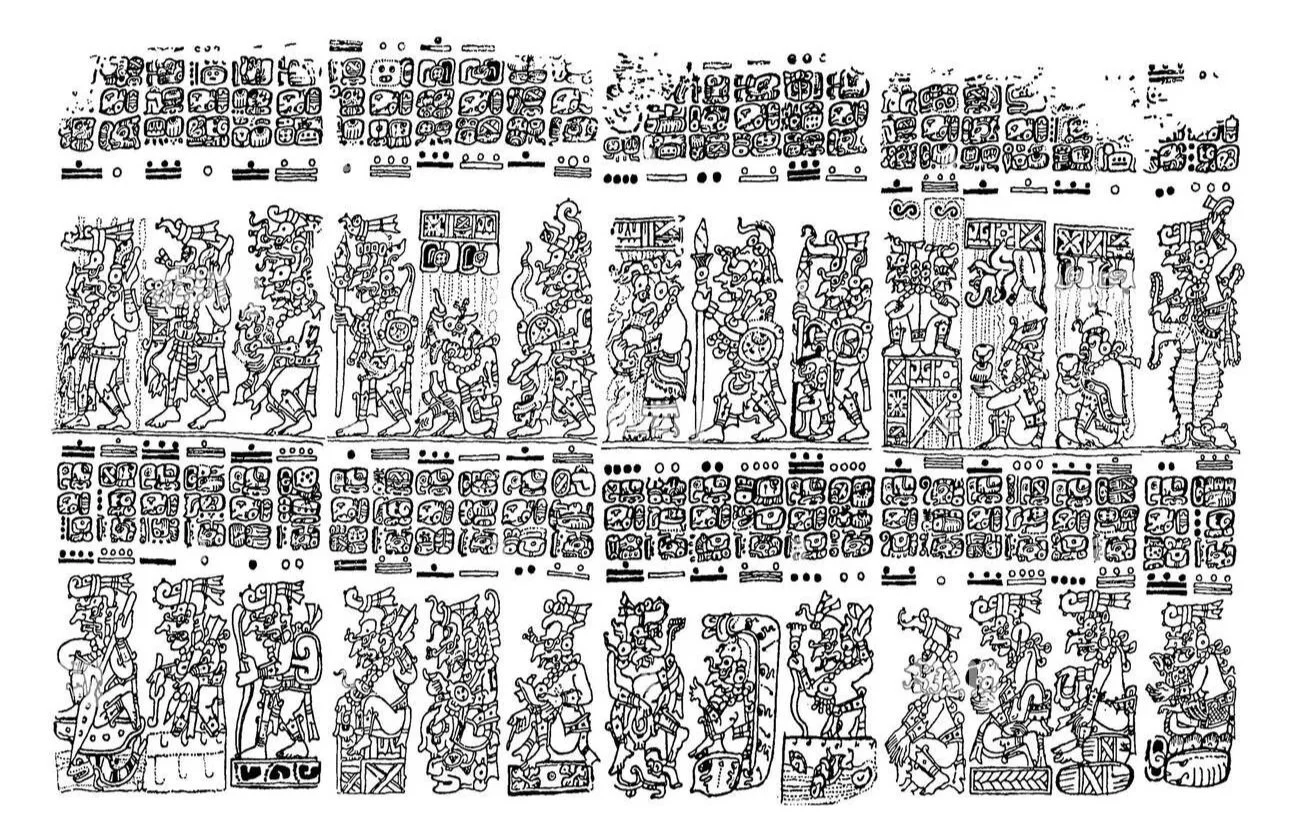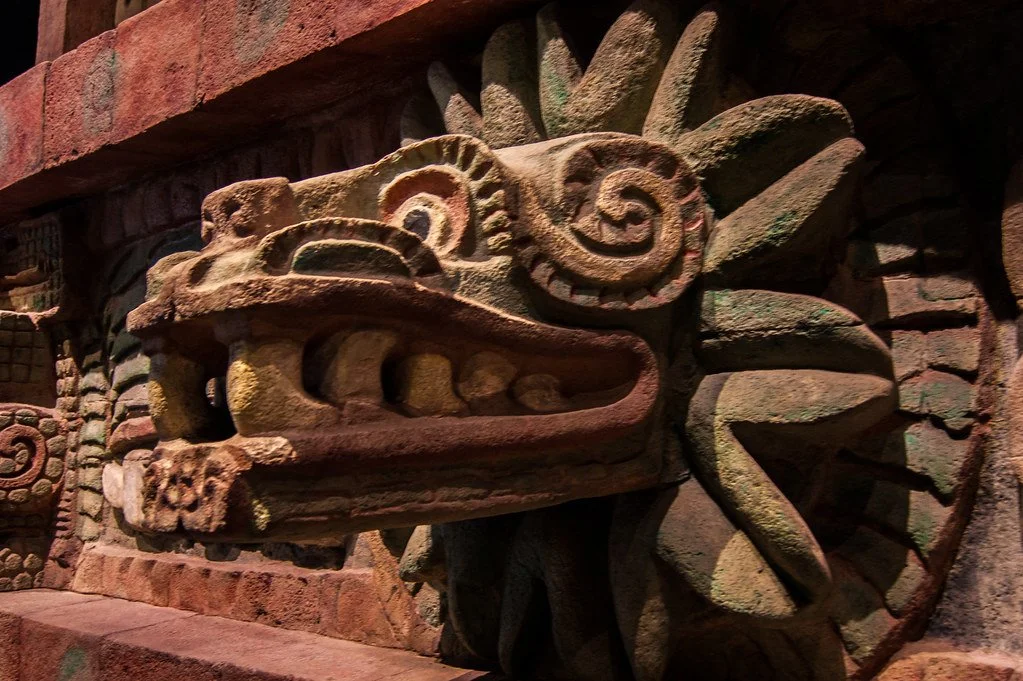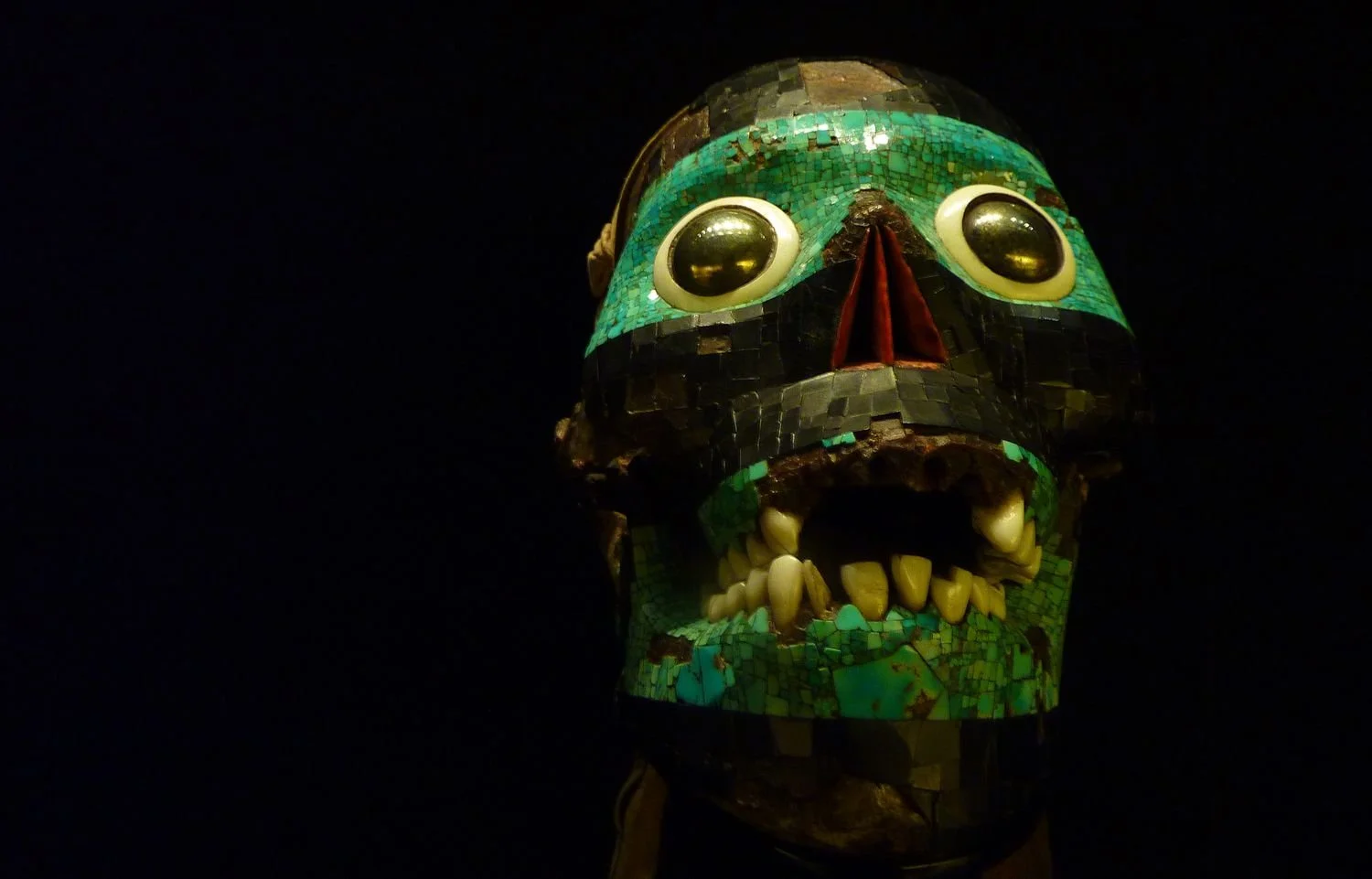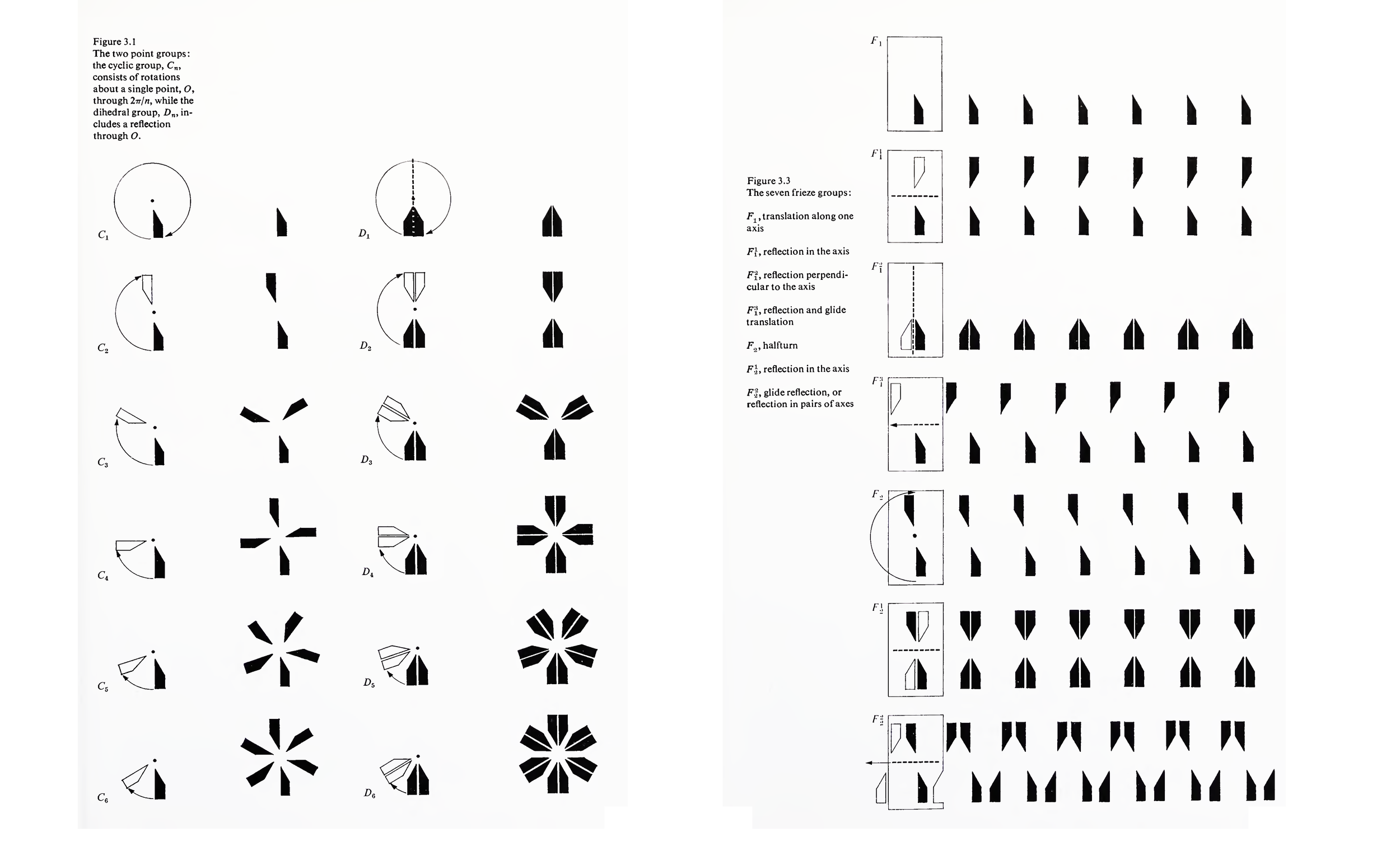primera parte: la historia de los tiempos y espacios clasicos
2 proportional systems
Strings (2011) by Alexander Chen visualizes the first Prelude from Bach's Cello Suites. Using the math behind string length and pitch, it came from a simple idea: what if all the notes were drawn as strings? Instead of a stream of classical notation on a page, this project highlights the music's underlying structure and subtle shifts.
Math is the hidden secret to understanding the world, Roger Antonsen
The Torige Tensho Byōbu (Feathered Seal Script Screen) is an 8th-century, six-panel folding screen from Japan's Nara period held in the Shōsōin Treasure Repository. It is made from silk and is notable for forming Chinese characters using the colorful feathers of the indigenous Japanese copper pheasant, a unique technique not seen in other works. The screen features a mix of tensho (seal script) and kaisho (block script) and contains advice for rulers, demonstrating a blend of Chinese and indigenous Japanese influences and a calligraphic style influenced by Emperor Shōmu.
Two Birds, tessellation artwork by M.C. Escher
Tatami mats evolved from simple straw mats used in Japan's Jomon period to the luxury flooring of the Nara period, then became commonplace in the Muromachi period (14th-16th centuries) and widespread in all classes by the 17th century. The mats, named after the verb "tatamu" (to fold), were originally thin and portable but became thicker, covering entire rooms by the Muromachi period, and were designated as an Intangible Cultural Heritage by UNESCO in 2020.
The St. Gall Plan's proportions are defined by a 1:192 scale and Neoplatonic aesthetic theory, which sought religious symbolism in numbers to create a perfectly harmonious and geometrically sound monastic complex. The plan utilizes a system of modular units, such as a 40-foot module for the nave, and incorporates proportions like the 11:6 ratio, a third "Harmonic Number", to govern the building's layout. The overall design emphasizes regularity, symmetry, and a unity of form, with dimensions for various elements like beds and seats arranged to be complementary.
Sanjusangendo, officially known as Rengeo-in, was established in 1164 by the order of Emperor Go-Shirakawa. The construction was supported by Taira no Kiyomori, resulting in a grand temple complex that included a five-storied pagoda and other halls. The name "Sanjusangendo" originates from the 33 spaces between the pillars in the main hall, which symbolize the 33 forms of the Kannon Bodhisattva.
Located on the island of Java in Indonesia, the rulers of the Śailendra Dynasty built the Temple of Borobudur around 800 CE as a monument to the Buddha. Borobudur's proportions are based on a complex mandala design, with a square base of 123 meters (404 feet) and a height of 35 to 43 meters (141 feet) to the top central stupa. It features six square platforms and three circular platforms, topped by a large central stupa. The temple is oriented to the cardinal directions, with four stairways leading to the summit, symbolizing the journey through Buddhist cosmology. The overall structure itself, viewed from above, forms a three-dimensional mandala, and architecturally, a 4:6:9 ratio was used in its precise and fractal geometry.
Angkor Wat, Cambodia, 1113--1145
………Mandala is the Sanskrit word for circle or whole world. It is a representation of the universe and everything in it. Mandalas often represent imaginary places contemplated during meditation and have strong geometric components. In religious art, the mandala is used to symbolize wholeness—the circle of eternity……….Mandala architectural proportions use a grid system, such as the 9x9 Vastu Purusha Mandala, to divide a space into equal sections, or padas, which assign specific functions, deities, and energy directions to each area to ensure cosmic order and functional allocation, like placing a kitchen in the southeast. These sacred geometry principles, also seen in the Golden Ratio (Phi 1.618), create harmonious designs by balancing the spiritual and material worlds, with elements like circles for unity and squares for the physical world………..
…….The Vesica Piscis is derived from two circles overlapping in a way that their circumferences touch each other’s centres. The intersectional area is called “mandorla”. The symbol has origins in Pythagorean history, Christian iconography, and various ancient civilizations……
……………The pagoda evolved from the Indian stupa, a dome-shaped relic mound, when Buddhism spread to China, where it was adapted into a tiered, tower-like structure incorporating existing pre-Buddhist Chinese architectural forms, becoming taller and more elaborate than the original stupa. This transformation was influenced by local aesthetics, leading to the characteristic East Asian pagoda with a tapering, multistoried design, often featuring prominent overhanging eaves and a sacred finial at the top……………….
The Dresden Codex is a significant Maya book, dating back to the 11th or 12th century AD known for its detailed astronomical tables, ritual almanacs based on the 260-day calendar, and prophecies of eclipses and planetary movements, offering a profound insight into Mayan culture, mathematics, and religious practices.
Quetzalcoatl
Tezcatlipoca
referencias
Introduction: Two Kinds of Proportion
The subject of architectural proportional systems in the history of architecture, the topic of this special collection of essays in Architectural Histories, has long been characterized by a fundamental ambiguity: the word and concept of proportion simultaneously signify two unrelated and in some ways opposite meanings. Proportion can refer to ratios, or it can refer to architectural beauty. In this introduction to the papers that follow, Matthew A. Cohen proposes a simple clarification of this ambiguity as a framework for continued discussion of this subject: that whenever scholars use the word proportion, they specify whether they intend ‘proportion-as-ratio’ or ‘proportion-as-beauty’.
referencias adicionales
The Circle of Fifths is a visual representation used in Western music theory to show the relationships between the twelve tones of the chromatic scale
Terry Moore theorizes that the recurrence of patterns similar to Penrose tiling in ancient cultures signifies more than decoration, but rather a statement of a culture's fundamental values and understanding of the world, reflecting a deep sense of unity amid life's complexity. While Penrose tiling is a mathematical concept with semi-repeating, non-periodic patterns, Moore suggests these ancient designs convey a message about an underlying, unified order connecting everything, which he calls the "undifferentiated aesthetic continuum"
























